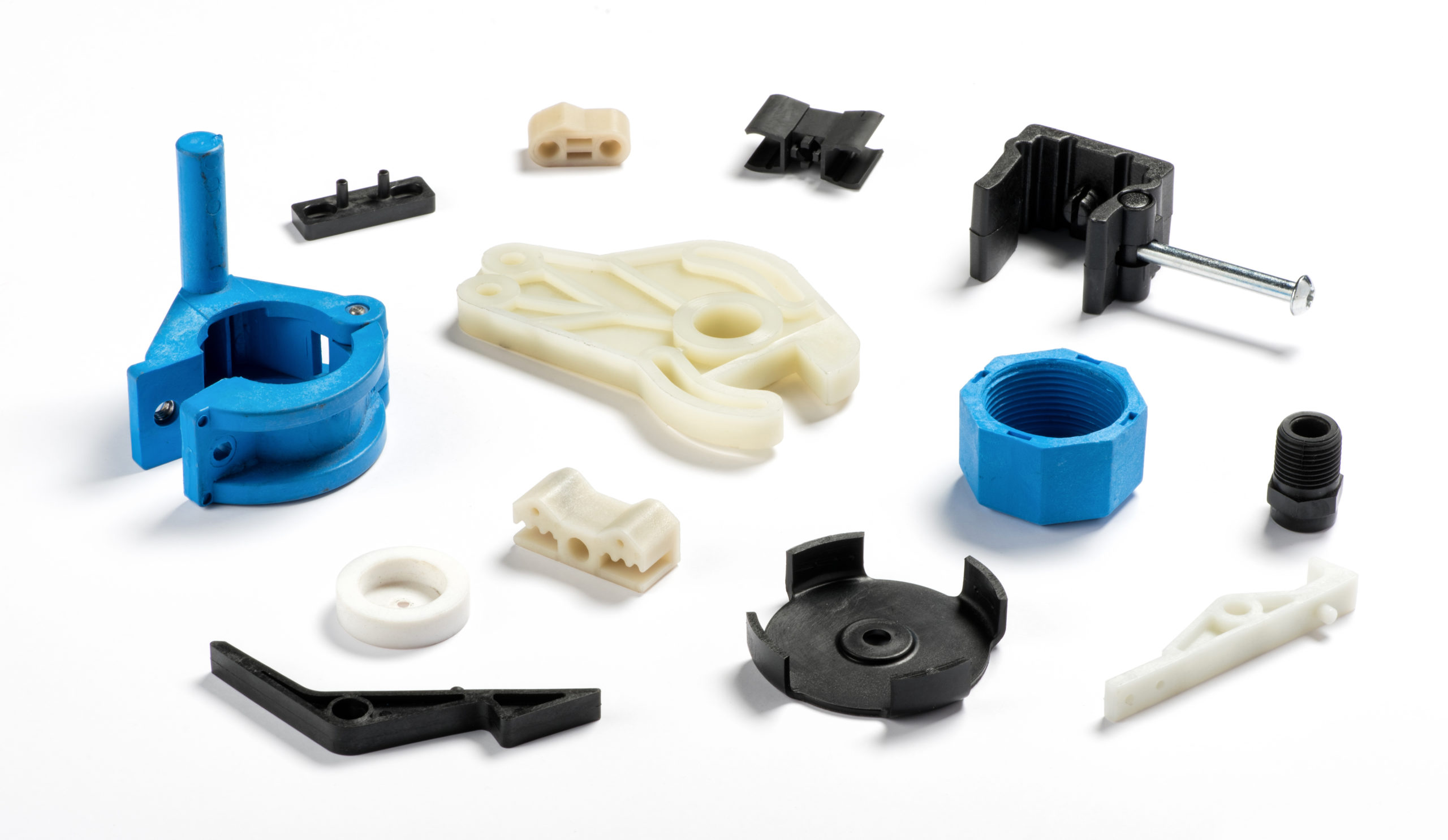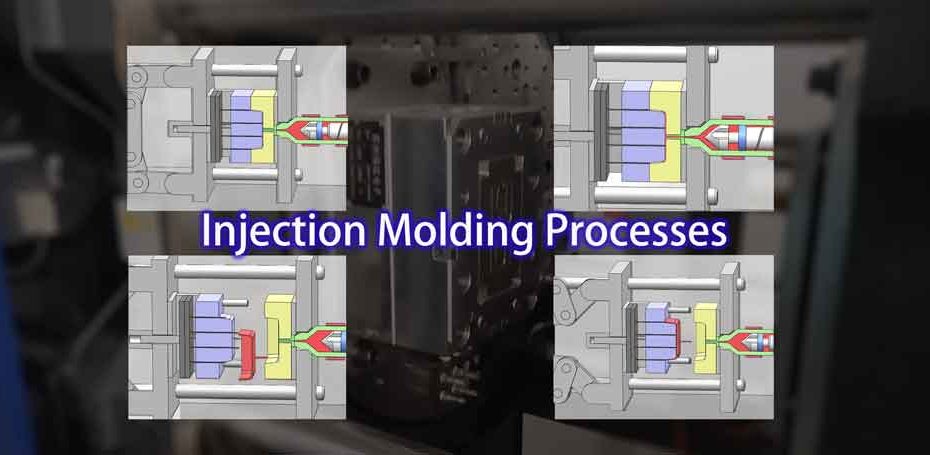Just How Plastic Injection Molding Drives Efficiency in Mass Production
Just How Plastic Injection Molding Drives Efficiency in Mass Production
Blog Article
Recognizing the Fundamentals of Plastic Shot Molding Processes
Plastic shot molding acts as a foundation of modern production, providing a methodical approach to creating complex elements with accuracy. This procedure not just encompasses the fundamental steps of melting and injecting materials right into mold and mildews however additionally entails a nuanced understanding of numerous affecting factors, such as temperature and pressure. As industries increasingly demand efficiency and high quality, the ins and outs of this technique come to be extra critical. Exploring these vital aspects might expose how even minor adjustments can result in significant renovations in manufacturing results, questioning about the potential for innovation in this established process.
What Is Plastic Injection Molding?
Plastic injection molding is an extensively utilized production procedure that transforms thermosetting and polycarbonate materials right into precise and intricate shapes. This method is preferred for its ability to generate high volumes of similar get rid of exceptional precision, making it an essential approach in various markets, consisting of automotive, customer items, and medical gadgets.
The procedure entails melting the selected plastic product and infusing it right into a mold under high pressure. The mold and mildew, made to the specifications of the preferred component, permits the molten plastic to materialize as it cools down and solidifies. Once the material has solidified, the mold and mildew is opened up, and the finished element is ejected.
Plastic shot molding supplies numerous benefits, consisting of reduced waste, consistency in production, and the ability to integrate complex layouts that might be testing with various other making approaches. Additionally, it supports a broad series of materials, each offering distinct residential properties that can be customized for specific applications. As industries remain to innovate, plastic injection molding remains at the leading edge, allowing the advancement of sophisticated products that meet evolving consumer demands.
The Shot Molding Refine
The shot molding procedure is a sophisticated strategy that entails numerous crucial stages to produce top quality plastic components. Plastic pellets are fed into a heated barrel where they are thawed into a viscous fluid. This molten plastic is then injected under high stress right into a precision-engineered mold, which forms the product into the desired kind.
When the mold is loaded, the plastic is allowed to cool down and strengthen, taking the shape of the mold and mildew dental caries. Cooling time is important, as it affects the cycle time and the last properties of the shaped part. After enough cooling, the mold and mildew opens, and the ended up element is expelled utilizing ejector pins.

Materials Utilized in Injection Molding
Various materials can be utilized in the injection molding procedure, each offering one-of-a-kind residential properties that deal with certain applications. One of the most generally made use of products include thermoplastics, thermosetting plastics, and elastomers.

Thermosetting plastics, like epoxy and phenolic materials, undertake a chemical change during the treating process, causing a rigid, stringent framework. These products are optimal for applications calling for high heat resistance and find out here now structural integrity, frequently used in auto parts and electrical insulators.
Elastomers, consisting of silicone and rubber-based products, provide flexibility and durability. Their one-of-a-kind buildings make them suitable for applications that demand elasticity, such as seals and gaskets.
Furthermore, specialized products like bio-based plastics and composites are acquiring grip for their ecological advantages and boosted efficiency features, widening the extent of injection molding applications in various industries. Understanding the homes of these materials is important for choosing the proper kind for certain jobs.
Benefits of Injection Molding
Injection molding stands apart as a highly efficient manufacturing procedure that supplies countless benefits for creating complicated parts with precision. One of one of the most substantial advantages is the capability to create intricate layouts that would be challenging or impossible to achieve with other techniques (Plastic Injection Molding). The process enables thorough attributes and limited tolerances, making sure top notch elements
Additionally, shot molding is known for its rapid manufacturing capabilities, making it an ideal selection for high-volume manufacturing. As soon as the mold is created, components can be produced promptly, minimizing lead times and boosting overall performance. This efficiency not just lowers manufacturing costs yet likewise gives an one-upmanship on the market.
The versatility of products made use of in injection molding additionally improves its appeal. A vast array of thermoplastics and thermosetting polymers can be utilized, permitting producers to pick materials that finest fulfill their particular needs, consisting of versatility, stamina, and warmth resistance.
Additionally, the procedure minimizes waste, as excess product can often be reused and reused. This sustainability aspect adds to a lowered ecological impact, making shot molding an accountable production option. On the whole, the advantages of injection molding make it a favored technique for several sectors.
Factors Affecting Product High Quality
While many aspects can affect item top quality in shot molding, recognizing these components is crucial for achieving optimal results. Key aspects include material selection, processing parameters, and mold and mildew layout.
Product option plays an essential duty, as various polymers display special homes that impact flowability, stamina, and thermal stability. Inadequate product selection can bring about flaws such as bending or insufficient filling.
Processing specifications, consisting of temperature, cycle, and stress time, should be diligently controlled. Variations in these setups can lead to disparities partially measurements and surface area finish. As an example, exceedingly high temperatures might trigger deterioration of the polymer, while inadequate stress can lead to brief shots.
Mold design is just as essential, as it determines the circulation of the molten plastic and the cooling process. Poorly created molds might cause uneven air conditioning rates, leading to residual stress and anxieties and dimensional mistakes.

Conclusion
To conclude, plastic shot molding acts as an essential production procedure that allows the reliable manufacturing of high-grade parts. Proficiency of the shot molding process, including the understanding of products and the impact of different aspects on product quality, is important for achieving optimum outcomes. The advantages of this method, such as cost-effectiveness and layout adaptability, additional highlight its significance across numerous markets, solidifying its standing as a recommended option for high-volume production.
Plastic shot molding serves as a keystone of modern-day production, supplying a methodical approach to generating complicated parts with accuracy.Plastic injection molding uses several benefits, including lowered waste, uniformity in production, and the ability to incorporate detailed styles that might be challenging with various other producing methods (Plastic Injection Molding). As markets continue to innovate, plastic shot molding remains at the center, allowing see this the growth of sophisticated items that meet progressing customer needs
The shot molding procedure is a sophisticated technique that entails a number of key phases to produce top notch plastic components.In final thought, plastic shot molding serves as an essential manufacturing procedure that makes it possible for the effective manufacturing of high-quality elements.
Report this page